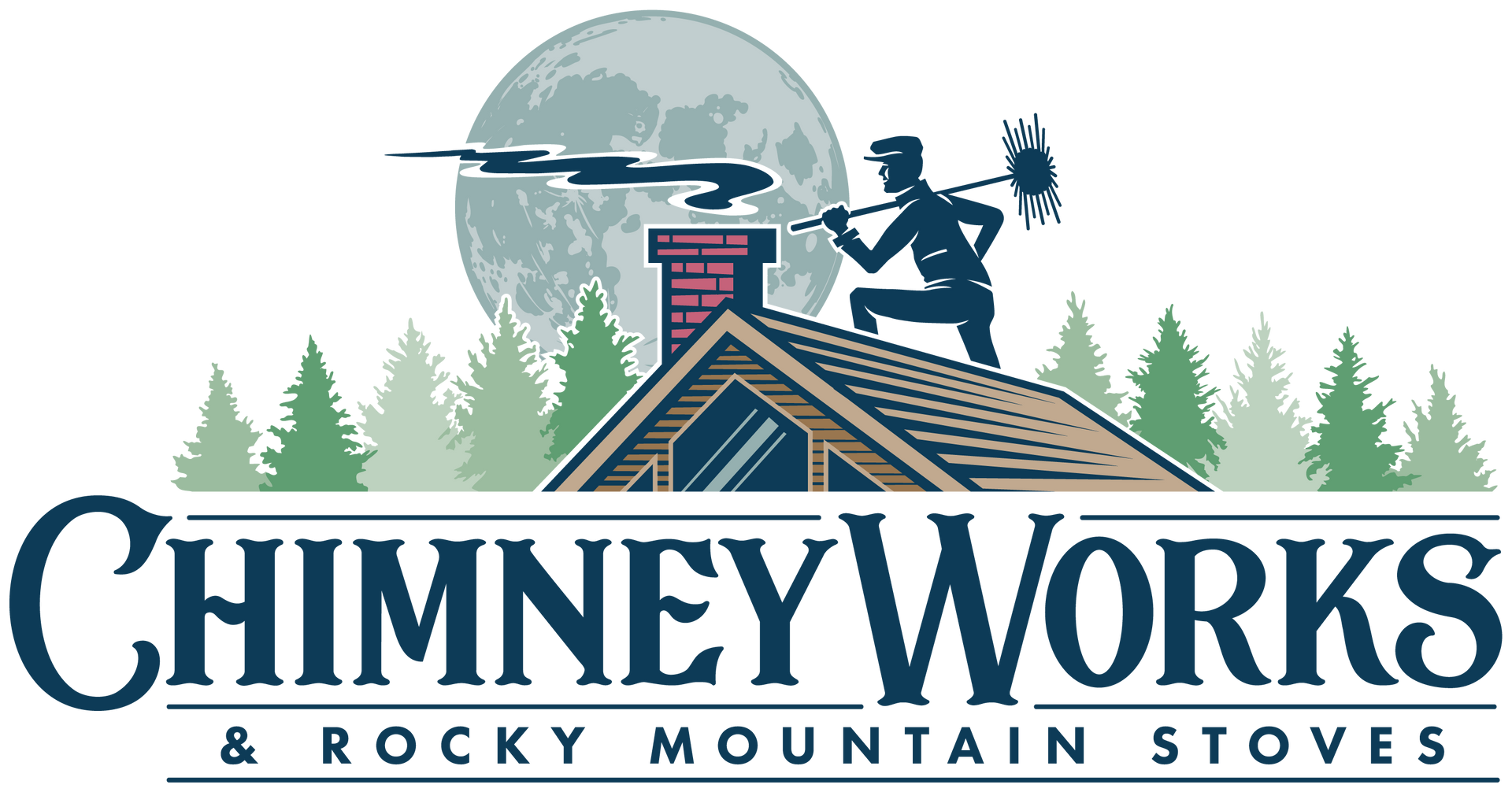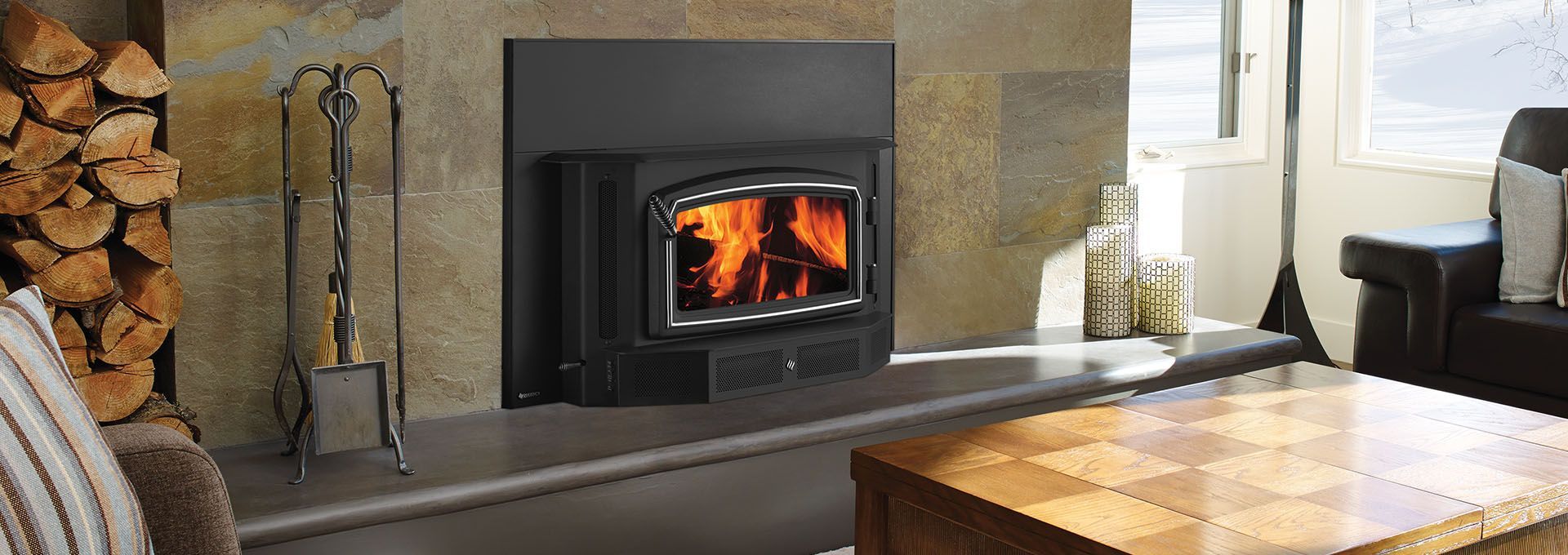QUESTIONS ABOUT FIREPLACES OR SCHEDULING A SERVICE CALL?
CALL US: (513) 790-3200
Chimney CAPS AND GUARDS
CHIMNEY CAPS & GUARDS
There are many reasons why a chimney cap should be present on all chimneys. The primary function of a chimney cap is to keep animals and weather out. Leaving your chimney without a chimney cap leaves your chimney and masonry susceptible to water damage, increased possibility of a roof fire, not to mention critters getting in.
A chimney cap stops rain, snow, and downdrafts from entering the chimney. Rain and snow which enters the flue can cause an internal damper and parts of your firebox to rust which could lead to expensive repairs. The chimney cap will also keep water away from sensitive parts of the chimney crown and flue area. When water enters any small gaps and then freezes, the water expands which can crack or damage the mortar or bricks. When water finds its way down to the mortar joints of your clay flue tiles, it may crack the mortar joints or completely push them out, which means a potential chimney reline. Many chimneys without caps can experience downdrafts, or wind coming down the chimney. There are some models of chimney caps that can actually induce an updraft, which is very helpful for areas prone to downdrafts.
A proper chimney cap will not allow birds, bats, squirrels, raccoons or other animals to enter the chimney. This may not seem like a big deal, but you would be surprised how often we see critters in chimneys. There is also a possibility you could end up with a protected species nesting in your chimney, like Chimney Swifts. If these guys get in your chimney, their nests and young can not be disturbed while it is breeding season. While this might not seem like a big deal, Chimney swifts can be quite loud and disrupt your peace and quiet.
A proper chimney cap will include wire mesh or some other mechanism to help prevent ash and sparks from being blown onto rooftops and the ground outside of your home. Even the smallest spark can start a fire under the right conditions, and given the price of a chimney cap is so low when you consider its life span, it is an easy decision to make.
Not all chimney caps are created equally. Chimney Works deals in quality, stainless steel chimney caps, many with a lifetime warranty. Proper installation is crucial, as chimney caps that fly off during storms can cause damage to your roof or elsewhere on the home. If a regular chimney cap does not fit your flue or isn’t right for the application, Chimney Works can recommend specialty caps. Some caps can even help lower your heating bill by locking tight when your fireplace is not in use.
CHIMNEY LINERS
A chimney liner protects the inside length of a chimney from the various factors that can cause corrosion or decay. Liners also stop heat transfer from the chimney to combustible surfaces in your home, such as wood. Liners also have many other benefits and are now required by almost all fire codes. A liner should not be considered optional even if your local codes do not require it.
Chances are, your chimney probably already has a liner, even if it is a traditional clay flue.
However, what do you do when your trusted chimney sweep detects damage in your existing liner? Thankfully, Chimney Works can provide you with options that will keep you safe without breaking the bank. Your chimney can be relined, which will either repair the damage or drop an entirely new liner down your chimney.
We’ll cover the types of liners in a moment, but first, we’ll review the reasons why you might want to consider a chimney reline.
WHY SHOULD I RELINE MY CHIMNEY?
- You do not have any type of chimney liner in your chimney
- You spot very visible damage to your chimney, caused by a chimney fire or a lightning strike
- A certified chimney sweep spots damage during a chimney inspection
- Damage is found due to your home settling
- An existing liner has deteriorated and needs to be replaced
- To adjust the size of the chimney opening for a new appliance; such as converting from oil to gas heat, or putting in a wood insert.
- To prevent excessive creosote buildup when venting a wood stove or wood insert through an existing fireplace.
CHIMNEY LINER OPTIONS
STAINLESS STEEL CHIMNEY LINER
This method of chimney relining involves installing a round or oval stainless steel liner in the chimney. This is by far the most popular option for relining chimneys and is generally used when damage to an existing clay flue is found or the homeowner has upgraded to a heating appliance (like an insert) that requires a smaller draft or a liner. These stainless steel liners can be either rigid or flexible. Flexible liners are used for chimneys with offsets or bends, where rigid liners will not work. Stainless steel liners are used mainly for wood stoves, wood inserts, oil, and coal furnace installations.
There are even different grades of chimney liners. 304L, 316L, and 316TI are three popular grades. The L indicates low carbon and the TI indicates the steel is titanium stabilized. Each grade can handle different temperatures and has different lifespans in a corrosive environment like a chimney. Generally, the fuel you plan on burning determines which grade of chimney liner to use, with coal and oil requiring the 316TI. Based on local codes and specific needs, fireproof insulation can be wrapped around the stainless steel liner before installation. This insulating wrap can prevent heat transfer as well as increase the draft of your chimney.
We recommend these wraps when there is damage to your flue tiles and if you are burning solid fuels. The addition of insulation can create complications if the liner is a tight fit in an existing chimney. On rare occasions, we have to use a special tool to destroy and remove the existing clay flue liner in order to get enough clearance to install the insulating wrap. Chimney Works can help select the right stainless steel liner for you. We offer UL Listed stainless steel lining systems that come with a manufacturer’s lifetime warranty. Take a look at this video to see what is involved with installing a stainless steel chimney liner.
ALUMINUM CHIMNEY LINER
This method of chimney relining is similar to stainless steel, but the liner is made of aluminum. Aluminum’s melting point is 1,221°F, while grade 316 stainless steel’s melting point is 2,500°F. Because of the lower melting point, aluminum liners can only be used to vent certain types of gas and direct vent appliances. Aluminum chimney liners are generally used when someone is switching from a wood stove to certain models of gas stoves. Note: Gas logs intended for installation in wood-burning fireplaces may not be vented with aluminum liners.
INSTALL FLUE TILES
Used mainly in new construction, this method of relining may be suitable for short, straight chimneys. Given the superior options of the stainless steel liners, replacing cracked clay flue tiles usually does not make sense. What you will save in materials you will quickly spend in labor, as more often than not, the chimney has to be broken open every few feet to remove or set the flue tiles.
Chimney Repairs
Chimney Works’ masonry repair crew has been serving the Cincinnati area since 2001. We provide all masonry services from simple chimney repairs to complete chimney rebuilds and chimney restorations.
More From The Blog











